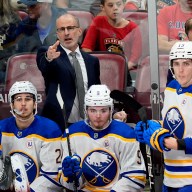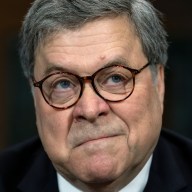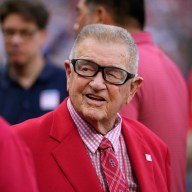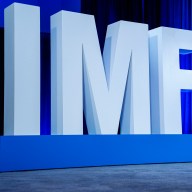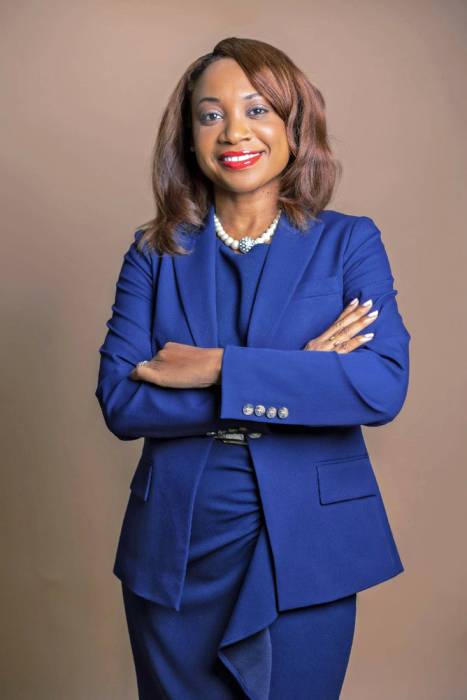David Gordon Green, to put it lightly, has an interesting career. He burst onto the scene with tiny, Terrence Malick-esque indies like 2000’s “George Washington” and “All the Real Girls.” Then, in 2008, he directed “Pineapple Express,” a stoner action movie, followed by two more studio comedies, “Your Highness” and “The Sitter.” He then returned to indies, but with a new form of experimentation. Following “Prince Avalanche” and the Nicholas Cage-starring “Joe,” “Manglehorn” is a hypnotic, largely plot-free character study of an old locksmith, played by Al Pacino, reflecting on a history of regrets and bad behavior. Already Green has changed up again; later this year will arrive “Our Brand is Crisis,” an all-star drama led by Sandra Bullock. “Manglehorn” was written by a young screenwriter, Peter Straughan, but it seems to have been made in a very loose, free fashion. Was it a very structured screenplay or was it more like a blueprint? We put together a much more organic process of screenwriting than when you’ve outlined or structured a little more. I wanted to have an internal flow rather than an obvious architecture. With a lot of the movie we’d literally just film a scene where I’d put a camera on Al and ask him to talk about the subtext of a scene. And we’d put him on a spinning chair and push him around and film close-ups of his mouth and he’s talking about what he’s thinking right now. I wanted the movie to have the feel of getting inside a character’s head rather than an audience watching a proper narrative. It does play like a series of long montages.
That’s the hope. It’s more subconscious. The music reflects that. The sound design is very heightened. The shots are very stylized, in effort to take in a more emotional feel. It’s about the strange, internal workings of this character. How did this compare and contrast with how you made your earlier films?
With my early movies, “George Washington” and “All the Real Girls” particularly, I wasn’t really educated. I just had a lot of ideas. So I had what was a nice, organic creative process. And through experience and development and notes from studios, you start to question yourself. You find yourself falling into the traps of the movies that frustrate you to watch. So I do find it invaluable now to partner with writers, who can tell me when I’m being too formal. Or I can challenge them to be more weird, and utilize the assets that a young writer has that an asshole like me wouldn’t have. It’s difficult to retain some of the purity and innocence of young creative voices. RELATED: Our review of David Gordon Green’s “Manglehorn” Do you feel old?
I just started feeling that way. I’ve always been a part of young filmmakers and nurturing them and trying to help them, or they can help me. But I do find in so many of the qualities I admire in young voices exciting and inspiring. You can see you’ve come a long way. It’s weird that I’m not sleeping on bear-soaked sofas at my best friend’s mom’s house anymore. You have a life and you figure out a way to structure domestic responsibility and professional ambition while preserving the creative naivete, if you can. Do you find you’re even more experimental with film form now?
I know rules I can break. There’s a strange cockiness to it. There’s a scene at the vet’s office, and we never see the vet’s face. We shoot over the vet’s right shoulder, and then we’re over on the left side. Our eyelines are f—ed. I just know I don’t care about that kind of thing anymore. You see your process evolve. And you admire great filmmakers that do inconsistent things in their careers and try new things and throws out old dogma. You know what works for you and what challenges you and other things that are so irritating that you wouldn’t want to f—ing do them again. [Laughs] Great as it is, you don’t want to just make variations on “George Washington” your entire career.
Exactly. A lot of filmmakers do design a signature for themselves, and that can be very valuable. I just don’t want that perception of myself. I want to be a character actor in a director’s body. I just want to disappear into the work. I want to try something that is audacious and that no one else would think about me doing. A Bollywood musical — I’d be the first to raise my hand and say, “Let’s try it.” As far as Al Pacino goes, how did he acclimate to a film that is even more loose than he’s used to?
I just said, “Hey, this is written for you, and I wouldn’t want you to say anything you wouldn’t want to say. We wanted it to be small. I think it was a 75-page script — something reasonable so we could explore and improvise. You look at him to lead you. Sometimes you’d say “Let’s try some restraint here,” or “Let’s try some subtext here” or “Let’s not say anything and we just walk around the room.” It’s my job to be ringmaster at the circus that is Pacino. It’s a beautiful, creative place. And it was amazing to be in the ring with one of my icons. I’d show up on set and he’d already be there, early, with his legs folded, reading The New York Times, just getting into character. There’s definitely a sense of the cameras just following an actor.
It’s a movie about obsession. In a lot of ways I think we used the camera to be obsessed with who he was. He has one of the most beautiful faces that has ever been in front of a screen. He’s just aged in this amazing way. His voice has this beautiful bark to it. There’s an 11 year old artist lost inside him. It’s great that he still holds onto that innocence that I fight to preserve, and I’ve only been doing this 15 years. It even reflects on some of his older movies. The laidback narration is reminiscent of “Carlito’s Way.”
Or there’s “The Panic in Needle Park,” or “Scarecrow.” Those were the movies we really looked to in the design of this movie. He was literally a smaller physical man in those movies. There’s something about him that’s so big and powerful, because he can project himself to become Scarface or whoever. But he can also lower his voice and change what he’s wearing and adjust his posture, and just cut his size in half. It’s amazing. You have this ability to go back and forth between tiny indies and studio movies. How do you handle those shifts?
They balance themselves out. Going off “Manglehorn,” I’m just finishing up this movie for Warner Brothers right now. It’s really amazing to find new processes you can experiment with in a smaller form, and be a little more realistic but also responsible. That even affects your bigger budget commercial efforts. Hopefully I’ll continue to see-saw. For the longest time you were involved in a remake of Dario Argento’s “Suspiria.” Is there any chance that will happen?
I think in terms of my involvement with it, eh, I’m moving on.
What would it have been like?
I wrote it with a sound designer, so we wrote it from a very visceral perspective. It’s just that it’s an expensive horror movie and right now there’s a nice wave of economical horror movies that this was not.
David Gordon Green on ‘Manglehorn’ and how he’d do a Bollywood musical
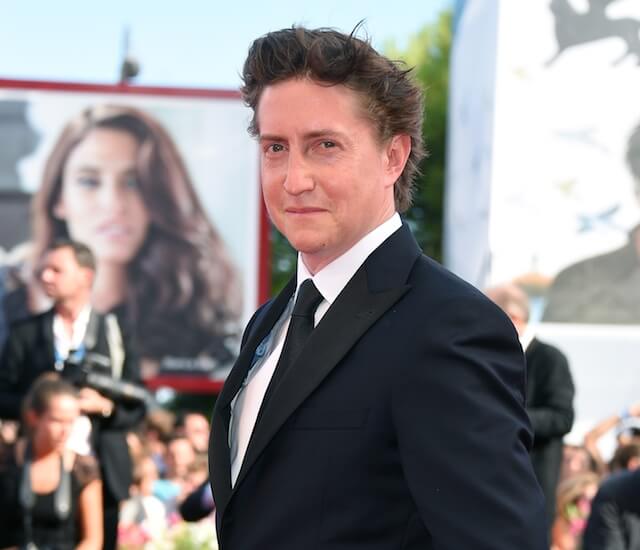
Getty Images
Follow Matt Prigge on Twitter @mattprigge


